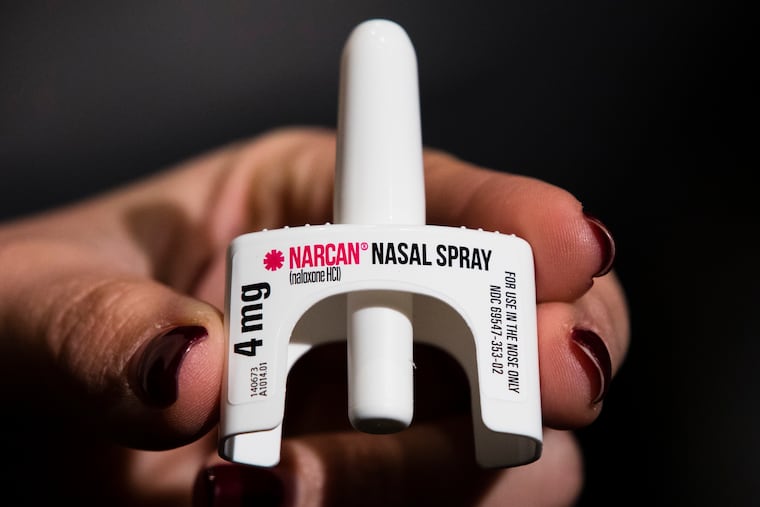Overdose deaths are rising dramatically among Black Philadelphians, new data show
In 2022, Black men saw the highest number of overdose fatalities among any demographic group in the city.

In 2022, Black men saw the highest number of overdose fatalities among any demographic group in the city.
